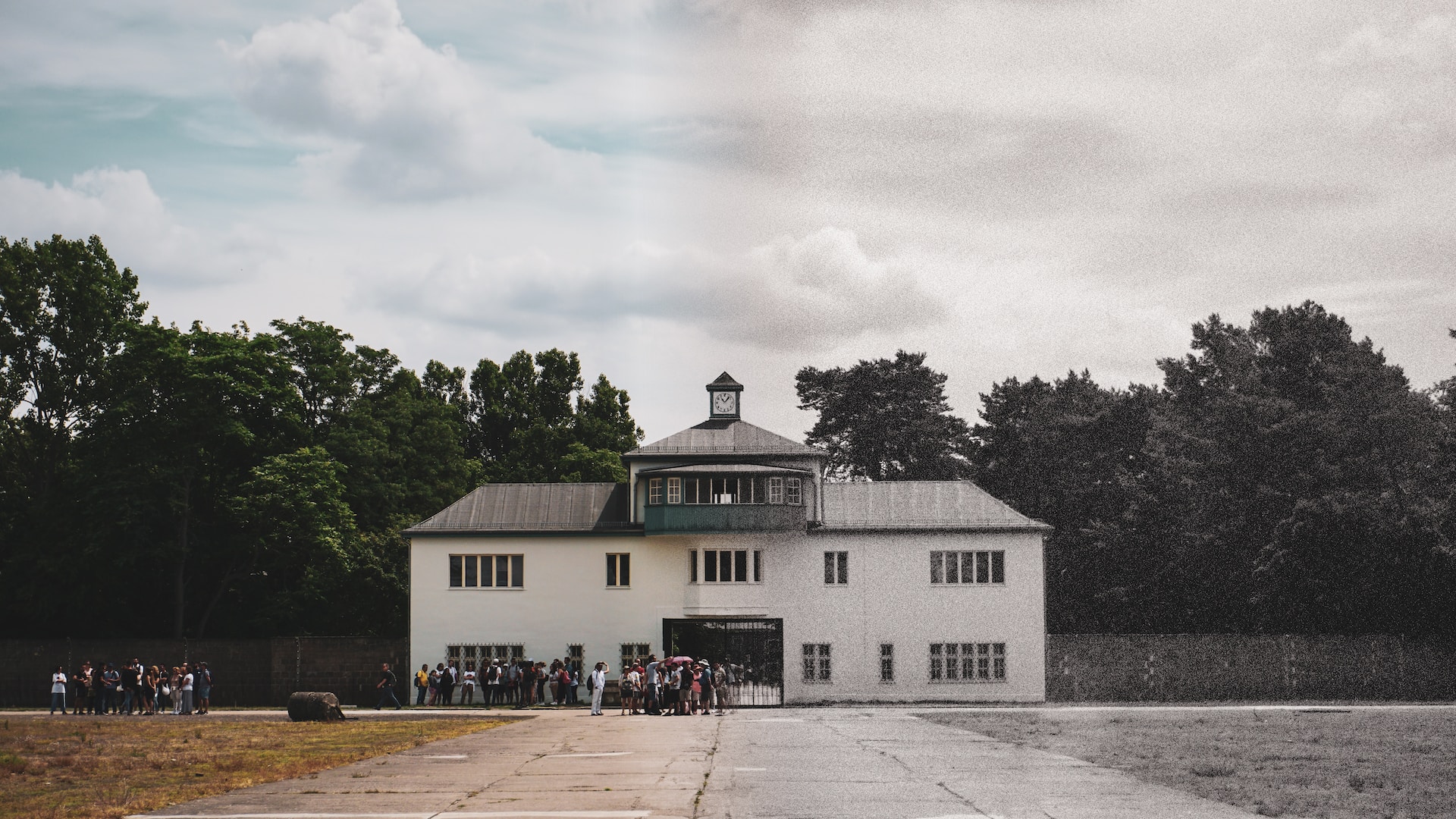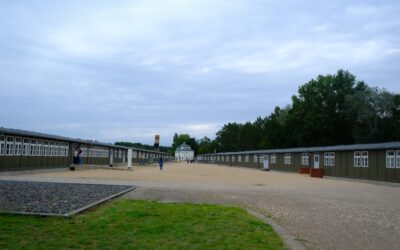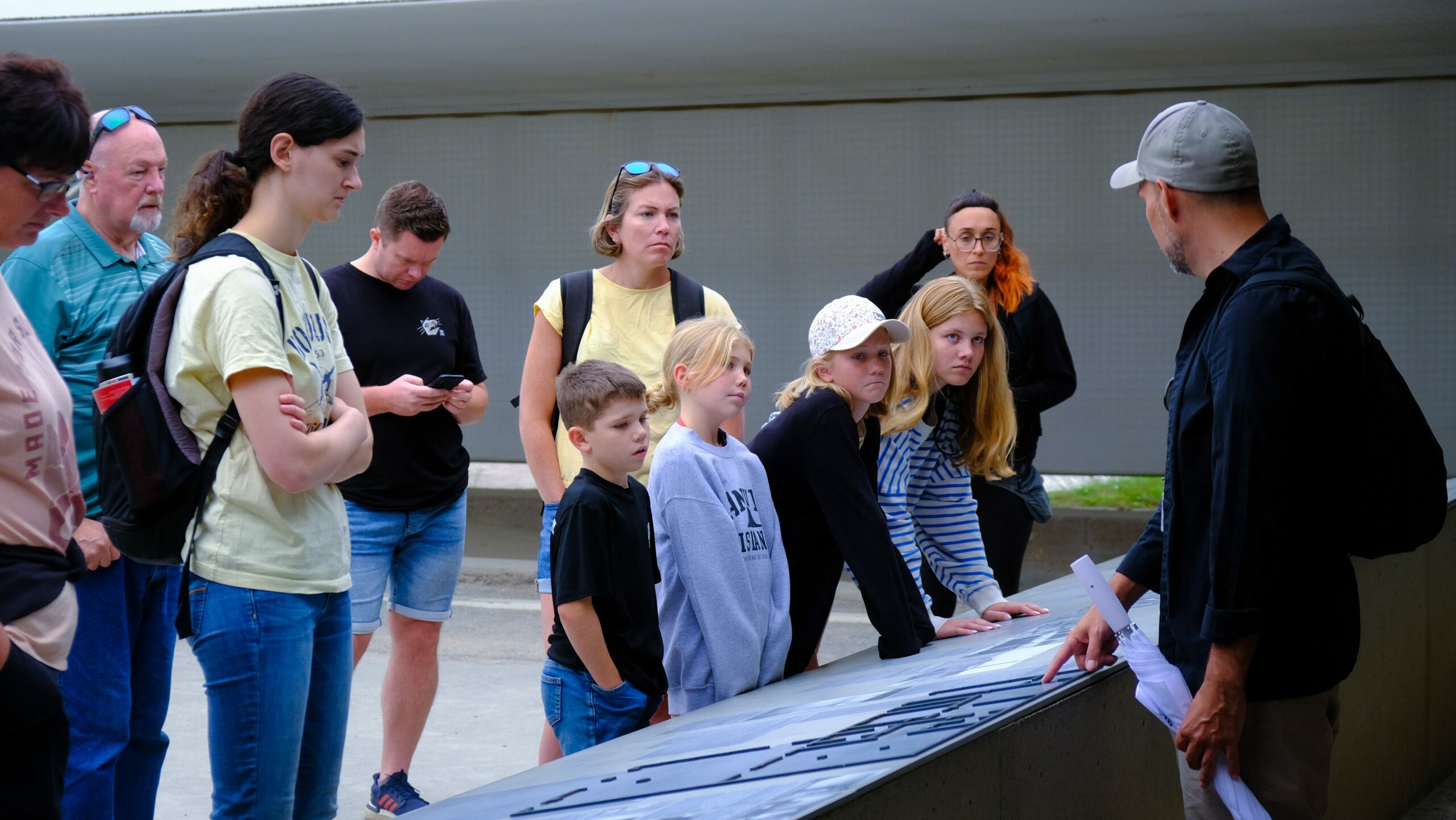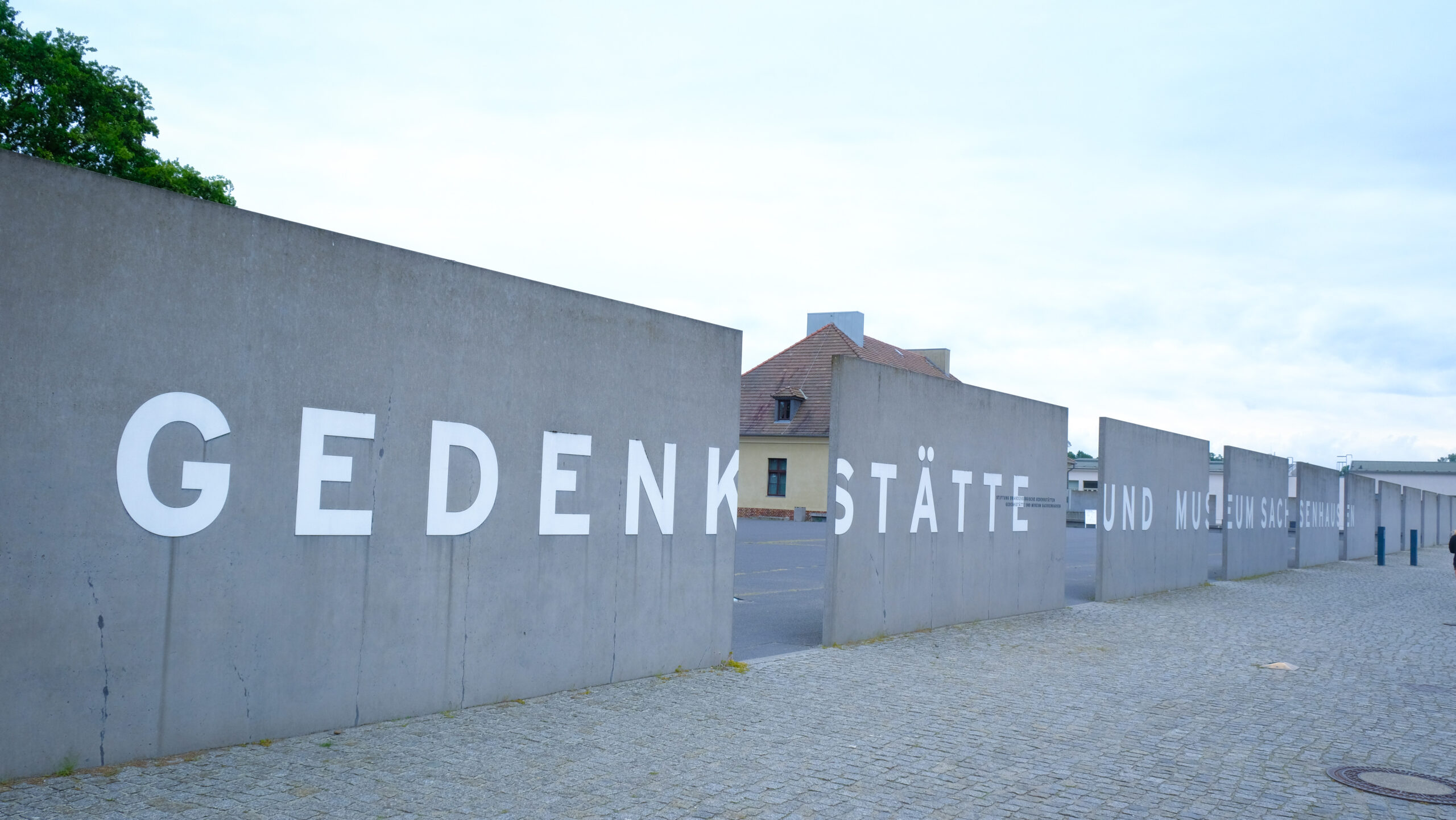The Nazi camps near Berlin were a network of detention centers, concentration camps, and extermination camps that were established by the Nazis during World War II. These camps played a significant role in the Holocaust, where millions of innocent people, primarily Jews, were systematically persecuted, imprisoned, and brutally murdered.
The Purpose and Operation of Nazi Camps
By evaluating the functions of the concentration camps at the hand of the Nazis, it became siding in forced labor, extermination, medical experimentation, und social extermination. The first purpose was to eliminate people who the Nazis deemed as being anathema to their philosophies or biological strain.
Types of Nazi Camps
The Nazi camps near Berlin included several types, each with specific functions:
Concentration Camps: These camps were intended to detain and use people the Nazis considered undesirable, such as Jews, political opponents, communists, homosexuals, and those with a disability. Two concentration camps inside close proximities of Berlin were Sachsenhausen and Ravensbrück.
Extermination Camps: These camps were constructed with only one purpose: as extermination centres for people – with a special focus on Jews. Auschwitz-Birkenau was the death camp farther away from Berlin which is also rather famous the entire Europe.
Prisoner-of-War Camps: These camps incarcerated prisoners resulting from the wars and though they were Prisoners of war, their living conditions were terrible and they died from torture and diseases.
The Importance of Nazi Camps in Berlin
The camps were conveniently placed near Berlin, to ensure that the prisoners, the supplies, message and communication between the different departments could easily be transported. In its role as the capital of Nazi Germany Berlin was heavily involved with the direction and functioning of the camp system and from 1941 the Final Solution.
Honoring the victims and history lessons
Holocaust prisoners and victims in these concentration camps should not be forgotten, and their death should be commemorated. Tour sites that are thought to be memorial hosts like Sachsenhausen Memorial and Museum or Holocaust Memorial Berlin offer tourists a chance to honor, learn, and make certain that such a tragedy will not repeat itself.
Lessons to be Learned
Studying this horrific time is beneficial as it teaches all of humanity many lessons. Using the historical lesson of prejudice, discrimination, and authoritarianism, the book cautions its readers about the risks of political authority. In knowing these effects of these identified ideologies, one can work towards a society shorn of prejudice and discrimination today and in the tomorrow to come.
Conclusion
I think it is to be understood that the Nazi concentration camps located near Berlin give a real idea of the scale of war crimes during World War II. It is a timely reminder of how much needs to be done in areas of peace, equality and human rights. By that, we try to understand the history of humanity in order to avoid such dramatic actions and outcomes in the future.




